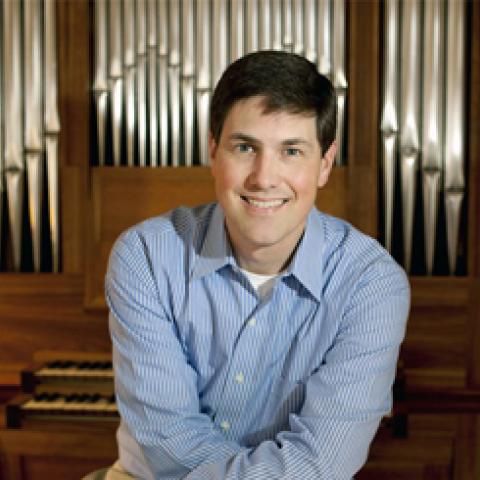
In the early morning hours of March 12, a fire ravaged the main building of the workshop of J. Allen Farmer, Inc., of rural Winston-Salem, North Carolina. Fortunately, no one was injured in the blaze. The building was a complete loss, including tools and equipment. Initial estimates of damage approximate $400,000 in cost. John Allen Farmer is determined to rebuild his shop on the same site.
Shortly before the fire, the firm had finished a project to relocate and restore an 1898 Hook & Hastings organ for St. Timothy Episcopal Church, also of Winston-Salem. The organ was dedicated in recital by Jack Mitchener on February 8. The program included works by Johann Sebastian Bach, Camille Saint-Saëns, Arthur Foote, Gottfried August Homilius, Max Reger, and North Carolina resident composers Margaret Vardell Sandresky and Dan Locklair.
Opus 1801 consists of three manuals, 38 ranks, and was built for the former Winslow Congregational Church, Taunton, Massachusetts. The historic church was built in 1897 and was sold to the First Portuguese Baptist Church in 1969. That congregation was renamed the Baptist Church of All Nations in 1977. In 1984, the church was placed on the National Register of Historic Places, but it was demolished in the late 1990s.
Farmer purchased the organ (which had been inoperable for almost thirty years) and donated it to St. Timothy Church, where he is a member. The project began in 2010, as the parish raised funds for the organ’s restoration. The impressive case stands 35 feet tall, 30 feet wide, and 10 feet deep. St. Timothy’s nave was constructed in 2000 and seats approximately 375 persons. The Hook & Hastings organ replaces a one-manual instrument built by Farmer, Opus 22 (1994), which has been relocated to the chapel of the First Presbyterian Church in nearby Greensboro.
For information: http://farmerpipeorgans.com.



